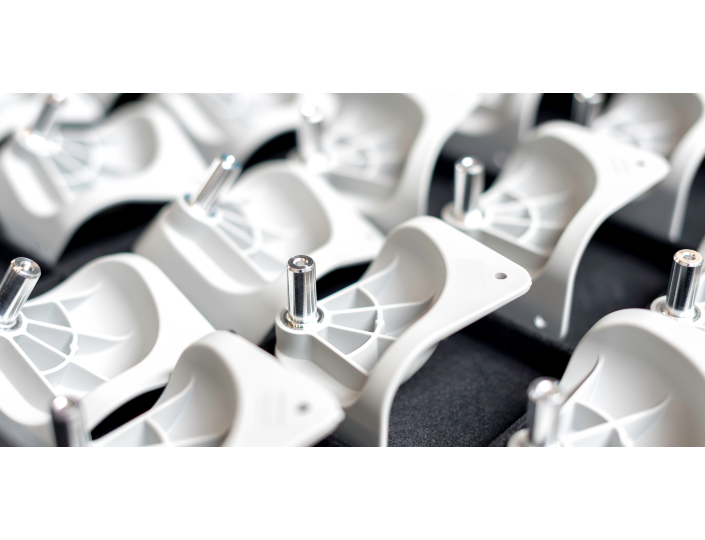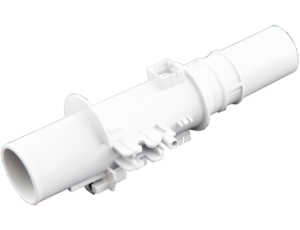


A direct part replacement (left) does nothing to improve on part design. Adapting a part for AM (center) can save weight or provide other benefits, but the greatest product benefits will come from design for AM (DFAM; right).
Source: https://www.additivemanufacturing.media/articles/the-power-of-am-is-in-product-and-process
Large volume production using 3D printed parts has not (yet) gained adoption in India. There are a few specific use cases which are very suitable for 3D printing adoption as below:

DFAM
It is possible to design parts using Design for Additive Manufacturing. This helps the designer to move past the constraints of traditional Design for Manufacturing (DFM) limitations. What this means is that it is now possible to produce parts with complex geometry. This enables the designer to combine multiple parts into one part. The combining of such multiple parts into one helps the design in several ways:
- Reduce cost of multiple part manufacture.
- Improve integrity of the assembly by reducing number of parts
- Reduce assembly costs, fasteners and labour costs.
This method takes advantage of DFAM and helps produce much better parts. The overall cost increase per part is many a time more than offset by the reduction in other costs as well as from the benefits of a better part.
Here is an example of an enclosure. This part is really not possible to be made with traditional manufacturing. 3D printing helps customers to leverage shape complexity in order to arrive at a better functional part.


Pilot
production
When a new product is introduced in the market, some times the first batch of manufacturing is done to cater to only a small market size. This is also called test marketing. In such cases, it would make a lot of sense to 3D print the parts in small volumes and try them in the market first. Once market acceptance is established, it would make sense to build a mold and get the parts injection molded so that high volume production will justify the cost of the mold.

High Mix
Low Volume
There are companies that make several hundred products. Each product is sold only at low volumes each year. The total of all the products together adds up to a sizable revenue stream. This is especially true of companies making products that change with trends. In such cases, injection molding may prove counter productive from a cost perspective since the company has to make several hundred molds. 3D printing such parts will make a lot of sense since initial set up costs are low and the product design can be changed any time to suit market trends.

Mass
customization
We are already seeing several examples of this where each customer gets a pair of spectacles or shoes made to exactly fit his or her size, in specific styles as chosen by the customer. Additive manufacturing helps such mass customization initiatives. Invisible aligners is a classic example of mass customization.


